Education
2013 – Degrees Awarded
Focusing on the United States also makes it possible to look at data at a finer level of detail: aeronautical and astronautical engineering (aerospace engineering) degree attainment. Although the space industry hires many individuals that do not have degrees in aerospace engineering, a large pr… Thank you for visiting The Space Report! The Authoritative Guide…
2013 – Post Secondary STEM Education Demographics
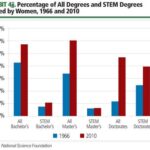
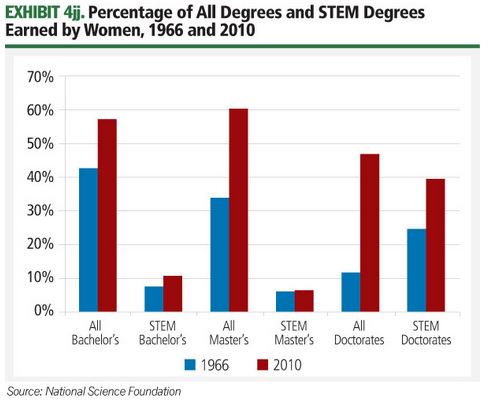
In the United States, the number of STEM graduates has been growing at all degree attainment levels. Bachelor’s degrees grew 26% from 2000 to 2010, while master’s and doctoral degrees each grew about 40% over this time period. Data is available on STEM degree attainment in the United States going back to 1966, three years before the Apollo 11 flight that landed on the Moon.going back to 1966, three years before the Apollo 11 flight that landed on the Moon.
2013 – Number of First-Degrees Awarded
The number of STEM first-degree (bachelor’s equivalent) graduates in many space-relevant countries has increased in recent years. The disciplines included here are physical, biological, and computer science; engineering; and mathematics.
2013 – Demographics
Science and engineering courses offered at the secondary school level are important for preparing students to pursue STEM degrees. Not only may students with more exposure be more likely to pursue a STEM degree upon reaching university, but research suggests that they are more likely to actually complete that degree.
2013 – NAEP
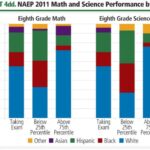
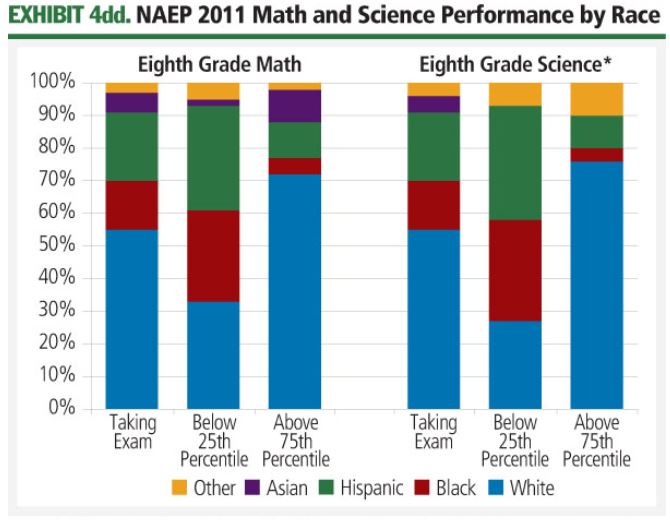
In addition to participating in TIMSS, the United States also carries out the National Assessment of Educational Progress (NAEP) to assess elementary and secondary students in the United States on subjects including mathematics and science. In October 2013, NCES released the NAEP-TIMSS Linking Study, allowing comparison of U.S. states against international standards.
2013 – TIMSS

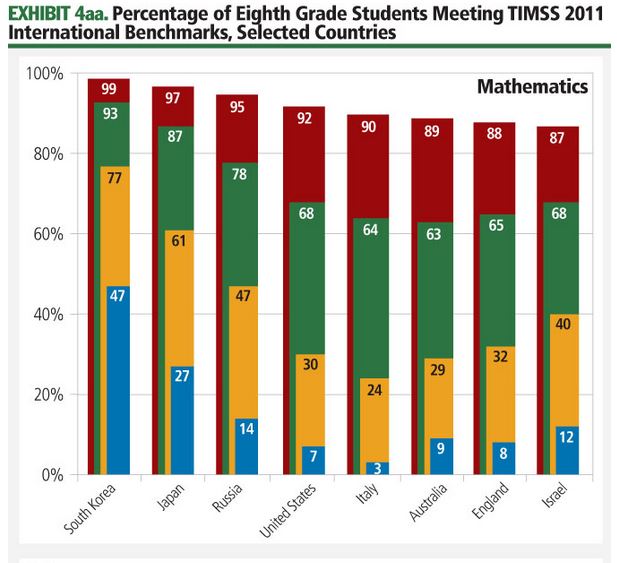
The TIMSS study also assesses mathematics and science knowledge and skills. Unlike PISA, which focuses on broader mathematical and scientific literacy of students nearing the end of compulsory education, TIMSS is designed to align broadly with the mathematics and science curricula in participating countries at the fourth and eighth grade (approximately 9- and 13-year-old) levels.
2013 – PISA
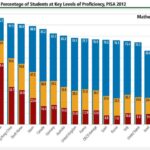
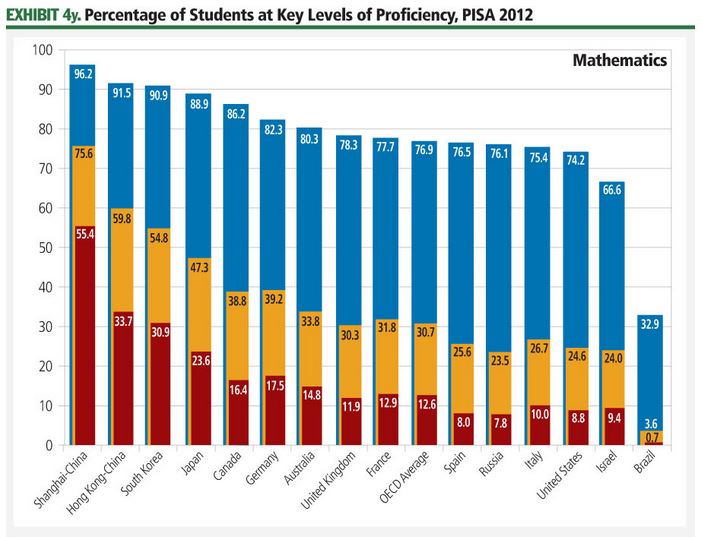
Trends in international primary and secondary STEM education can be compared across countries using two widely respected international exams. The Programme for International Student Assessment (PISA), carried out by the Organisation for Economic Co-operation and Development (OECD) every three years, focuses on the capabilities of 15-year-old students in mathematics and science literacy.
2013 – Top-level Trends
Highly skilled individuals are needed to maintain the global space workforce. In most cases, these individuals will need to obtain a university degree, often in a science, technology, engineering, or mathematics (STEM) field. The number of graduates in these fields provides an indication of whether the supply of graduates will be adequate to meet industry needs.
2012 – Doctoral Degrees Awarded
Considering the number of doctoral degrees earned in science and engineering, the European Union has the greatest proportion.
2012 – Demographics
Considering the number of doctoral degrees earned in science and engineering, the European Union has the greatest proportion, followed by China and the United States. As with first university degrees, China has been rapidly increasing the number of doctoral science and engineering degrees granted since the early 2000s.